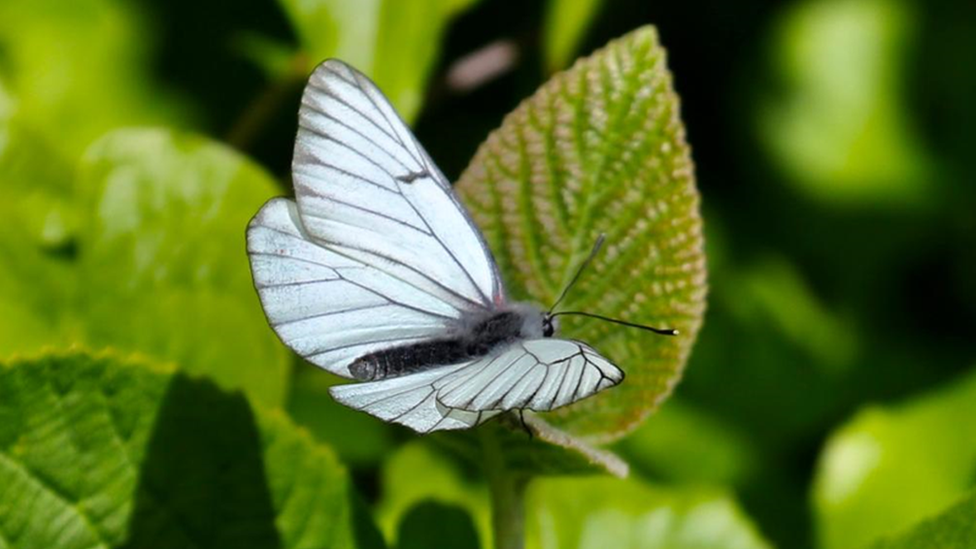'Extinct' butterfly now breeding in Kent
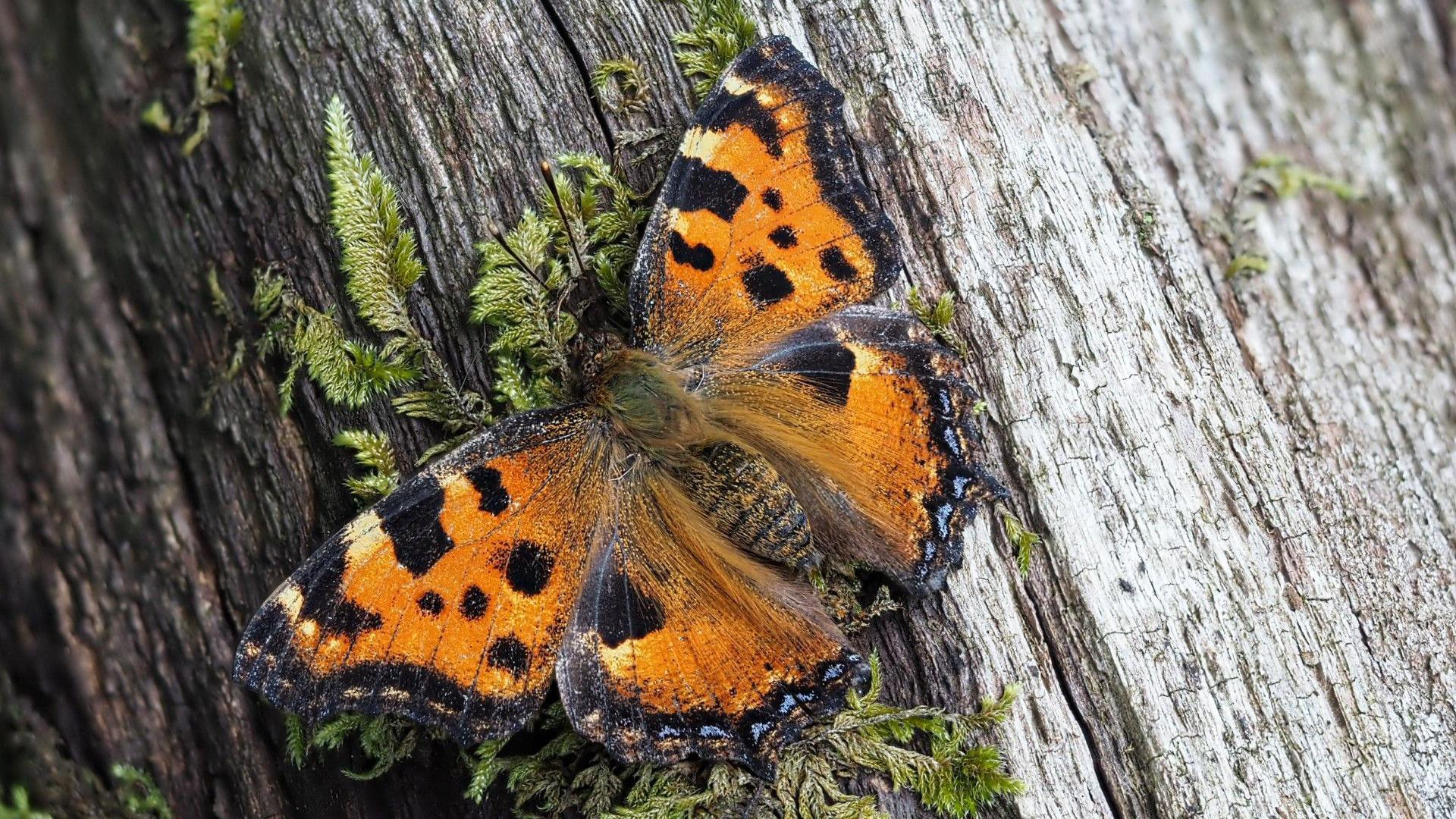
The large tortoiseshell has a wing span of between 68-75mm (2.67-2.95in)
- Published
A species of butterfly which is thought to have died out in England more than 60 years ago is showing signs of breeding in Kent.
The large tortoiseshell butterfly was common in the UK but disappeared in the 1960s, possibly because of Dutch elm disease, although scientists have been unable to confirm this.
Now they are making a comeback, with more than 30 spotted in Kent woodland this year.
"They're living proof that eco systems can recover if they're given the chance," said conservationist William Malpas.
Mr Malpas and Annabel Yapp, an ecologist and butterfly spotter for Butterfly Conservation, said they were stunned when they saw a large tortoiseshell in the wild.
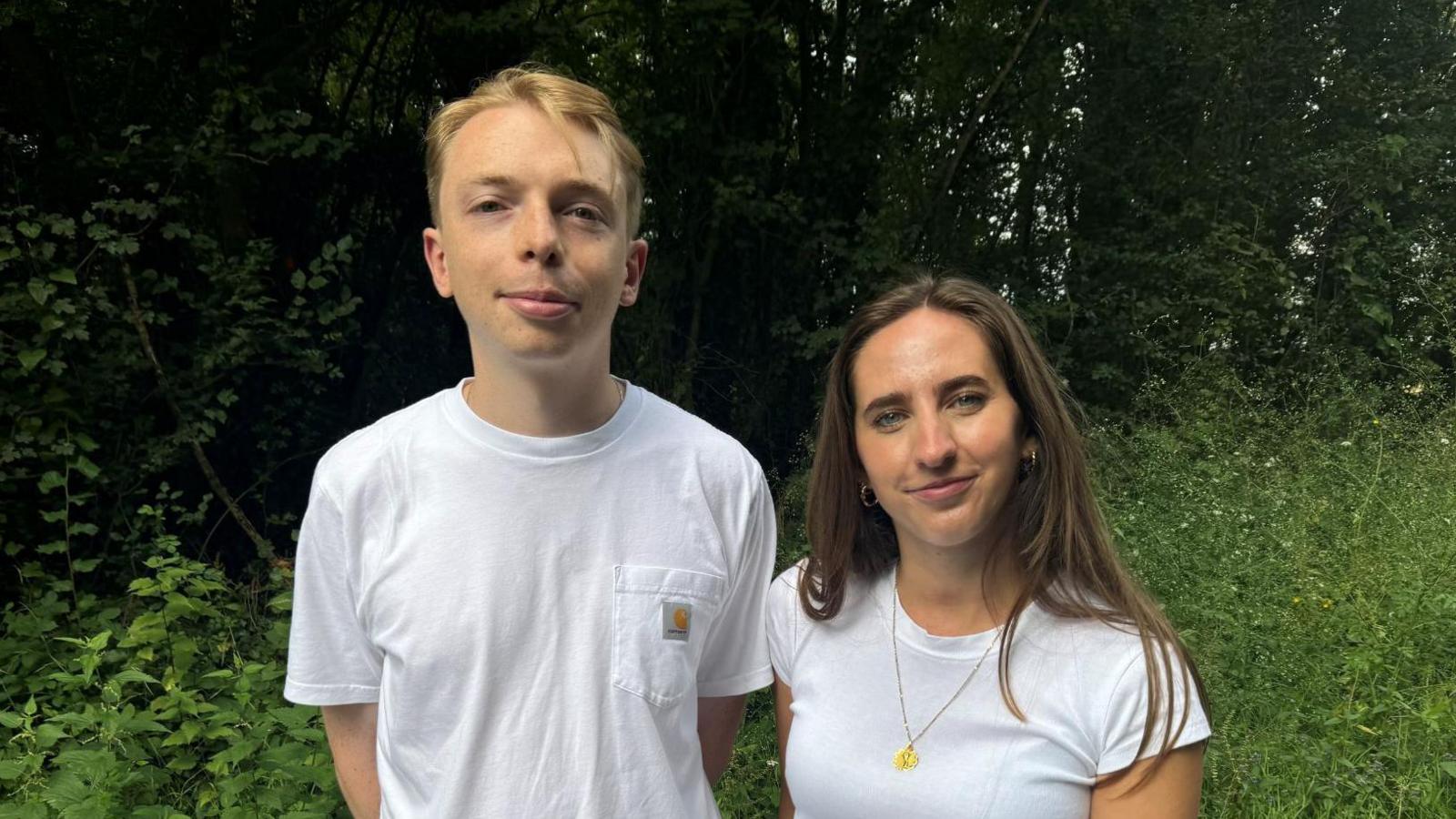
William Malpas and Annabel Yapp are encouraging anyone who thinks they have seen a large tortoiseshell to report it to their local butterfly group
"It was in 2022, a really difficult time for us actually, we'd just lost a close friend," said Mr Malpas.
"Annabel suggested we went for a walk to clear our minds. I saw this butterfly flying towards us and said 'that's a large tortoiseshell'."
Ms Yapp said: "I didn't believe him. Where on earth could they have come from? But he was right, there it was."
The pair said they have seen more each year and recently found a large tortoiseshell caterpillar in Blean Woods nature reserve.
"The most important thing about them is that butterflies are an indicator of the health of a place," said Mr Malpas.
"We can't definitely say that this is a sustained population yet, but we're definitely on the way to that if this continues over the next few years."
Follow BBC Kent on Facebook, external, on X, external and on Instagram, external. Send your story ideas to southeasttoday@bbc.co.uk or WhatsApp us on 08081 002250.
Related topics
- Published2 July 2024
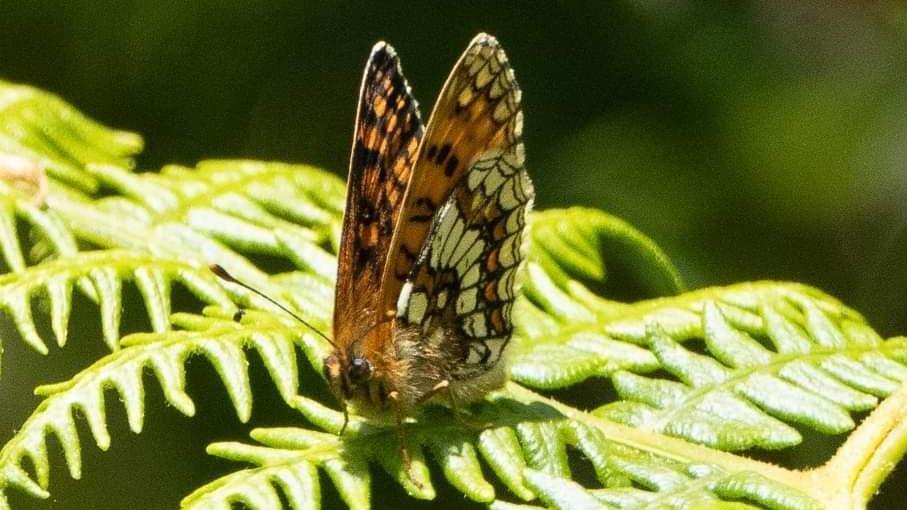
- Published25 June 2024
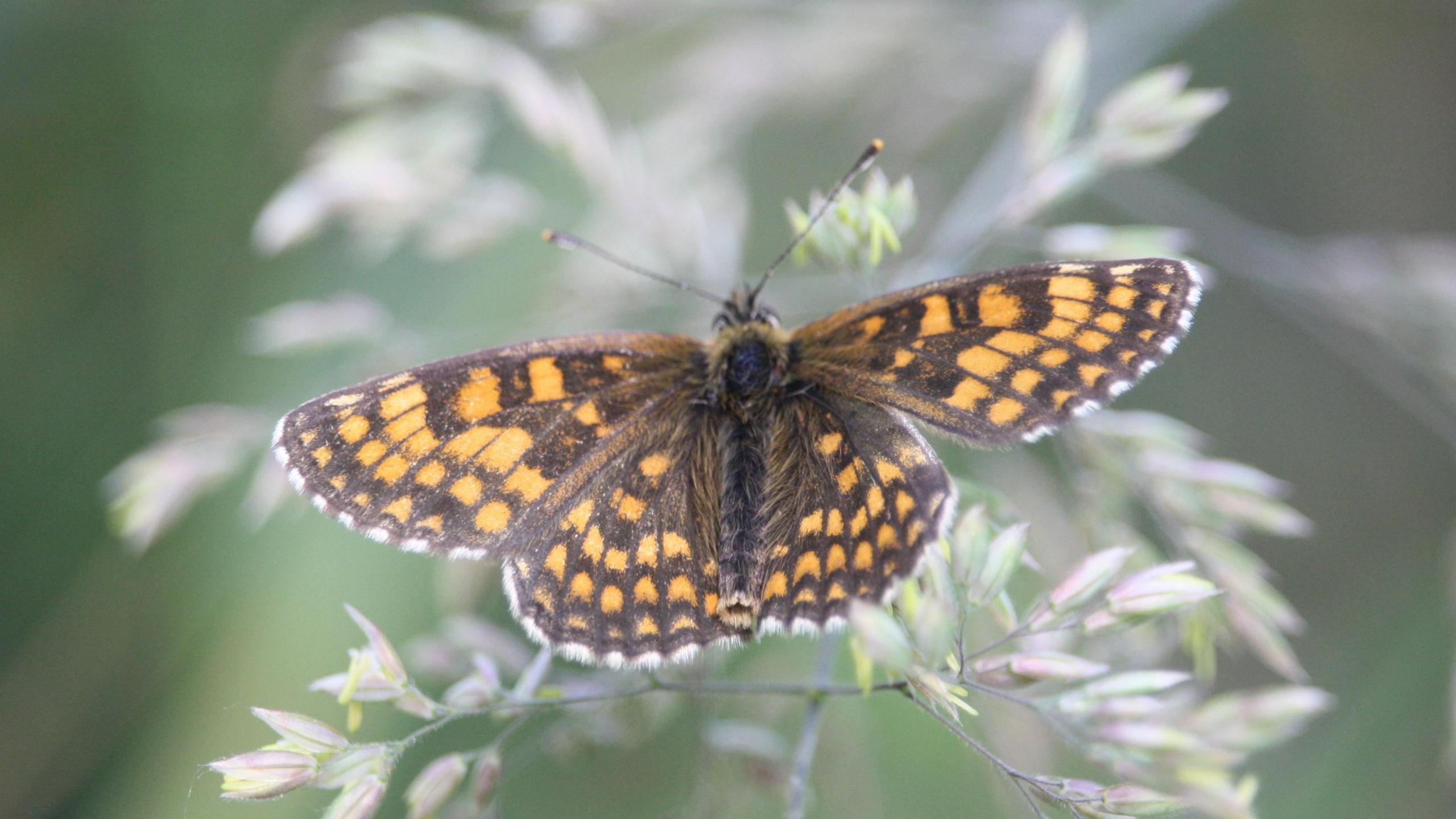
- Published4 June 2023
